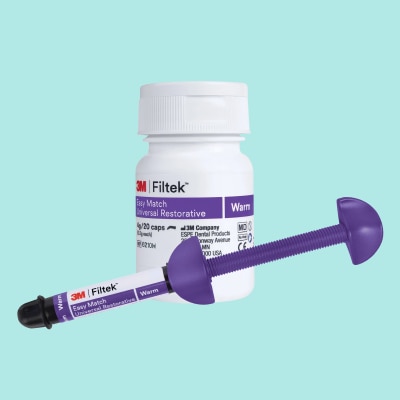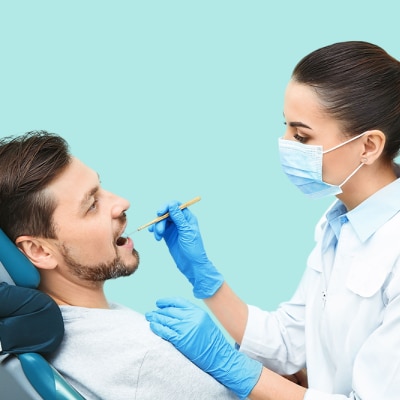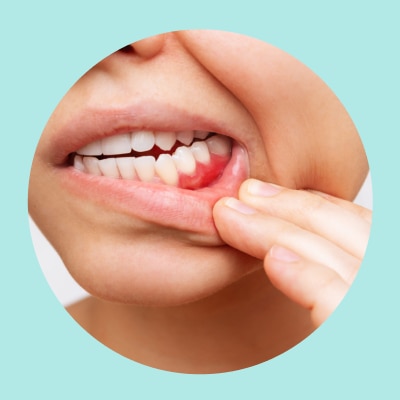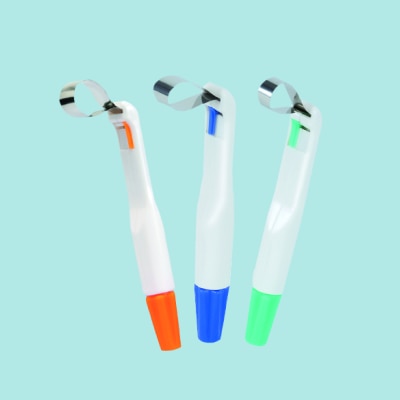You’ve just undertaken a procedure which has taken much more time than your average check up. You end the appointment by giving your patient invaluable advice that you have learnt after years of experience. Your patient even asks questions and has confirmed they understand the advice given to them.
So why is it that the next time you see them, they seem to have completely ignored your advice? Patient compliance is an ongoing challenge for dentists worldwide. It’s easy to start believing that patients are just not bothered about their oral health, but the true picture is more complex.
How can we improve patient compliance? As a long established dental supplier, it’s only right that we advocate good oral health. The need to encourage positive behaviour is more apparent than ever, with particular emphasis on building good habits among young people.
Reminders
Patient reminders are often presented as a “routine check-up”. But there’s a problem with using that language: your patients will just see their appointment as a simple routine. More often than not the patient will leave the practice, head back to work or school and continue on with their daily life until 6 or 12 months later. Despite leaving them with essential advice, there’s nothing in place to ensure patients are doing exactly what you told them to. By sending reminders to your patients about good oral health practice, not just appointment reminders, you can help reinforce your education.
Reiterate With Data
Oral health advice is nearly always given verbally, but some patients will respond better to different techniques. For example, using visual models, radiographs and printed material can be really powerful, and some people will always respond better to visual information than spoken. If patients see real data or photographs, they’ll often be more inclined to follow your advice. Evidence-based decision making requires us to stay current with the most recent knowledge.
Keep It Simple
It’s important to avoid using technical phrases that patients may not understand. We’re so used to talking about periodontal disease and xerostomia that we forget to translate these words into layman’s terms. Speaking slowly and clearly are often forgotten.
Two patients may have undergone the same treatment, but this doesn’t mean their understanding of follow up actions will be the same too. Small talk with your patient can help you understand their level of education, interests and background, and this can help guide the conversation when it comes to oral health advice. For example, Patient A is an engineer, so might respond better to diagrams, whereas Patient B works in I.T. and might prefer to Google a topic and research it themselves. One patient might respond well to humour, whereas another might prefer a scientific explanation. Listening to patients is critical.

Don’t Overload Patients With Information
Small, easy to remember chunks of advice are great, whether that’s delivered by taking to patients, emailing them a video or showing them a model. But dentistry is an incredibly complex area, and it’s easy to forget that when you’re immersed in Practice day to day. Some patients might prefer some information to take away rather than a discussion during the appointment.

Rapport Means Repeat Appointments
Every dental professional knows that building a rapport with patients is vital. Not only does it help create a positive relationship between the dentist and patient, but it increases levels of engagement too. Demonstrate genuine concern for your patient’s issues.
Offering a positive and memorable experience is a key way to creating trust and confidence. It’s often the small things which make a big difference, like creating an environment the patient is happy to come back to. Seek feedback from every patient about their experience, and make improvements where necessary.
Motivation
Long term psychological studies have shown that goal setting is a profound motivating factor. If your patient is able to visualise a goal, and the benefits that it will bring, they will find it much easier to take the necessary steps to achieve that goal. This is particularly effective for younger patients. Consider the effect of good oral health on whole-body health, self-esteem, and even the patient’s dental costs.














